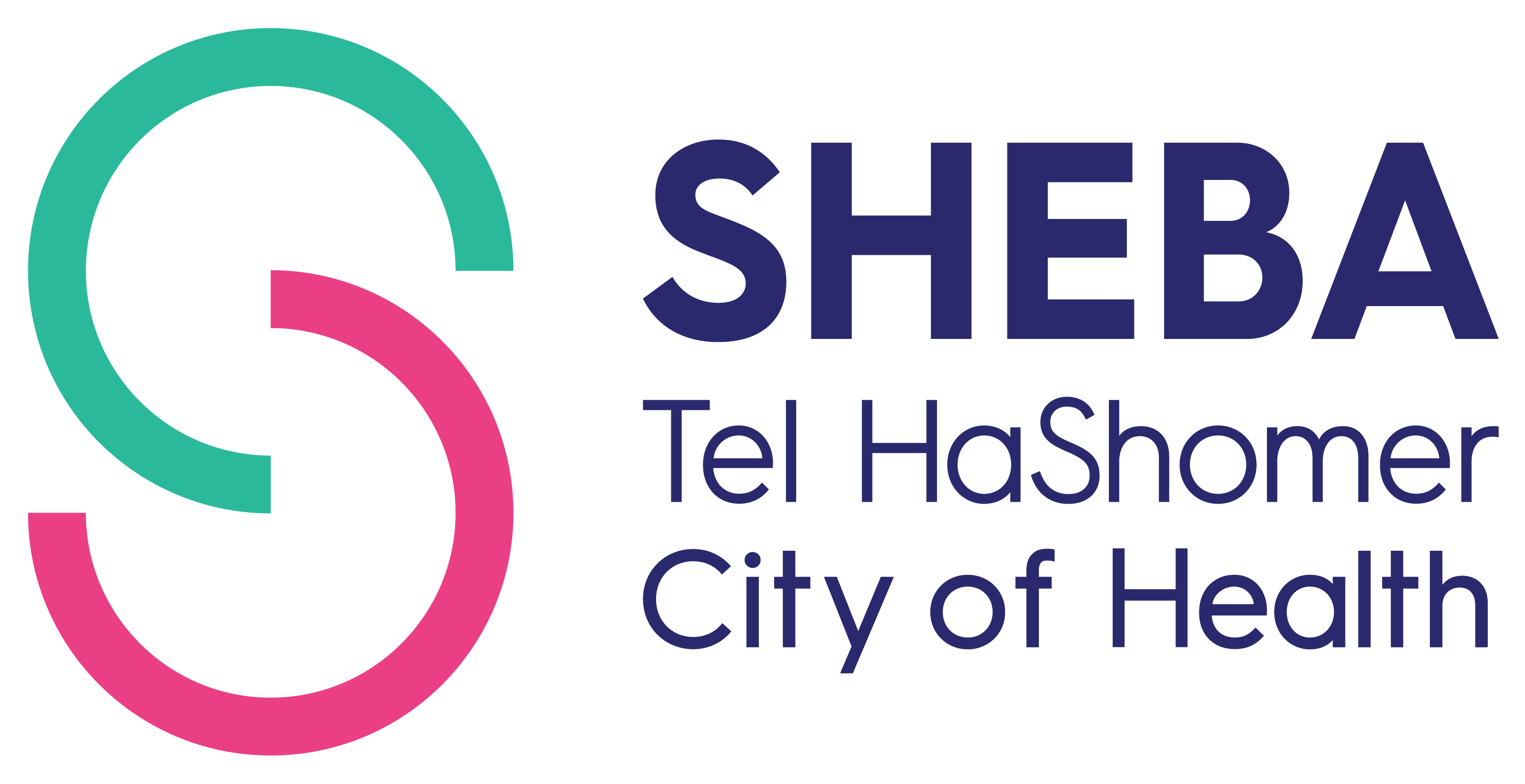PlanNet – Advanced 3D Surgical Planning Services
Head: Dr. Dina Orkin
Director: Limor Haviv
Senior Clinical Designer: Lior Cohen, Elisha Barzilai, Noa Shmuelly
Certified. Patient-Specific. Clinically Proven
PlanNet is Sheba Medical Center’s certified 3D medical solution center, providing advanced clinical services to hospitals and surgeons across Israel and beyond.
We specialize in transforming medical imaging into precise, patient-specific surgical solutions – from anatomical models and virtual simulations to custom cutting guides and implants.
Our ISO 13485 certification ensures the highest standards in medical device design and production.
We serve hospitals, not just our own
Whether supporting complex trauma, oncology, or reconstructive procedures – we partner with surgical teams to improve planning, reduce OR time, and enhance patient outcomes.
Our Services Include:
• 3D anatomical modeling from CT/MRI
• Surgical simulations (virtual & printed)
• Patient-specific surgical guides and implants
• Precise Custom Bone Graft from the national tissue bank
• AR/VR-enabled planning tools
• Rapid clinical support with multidisciplinary collaboration
With over a decade of experience and thousands of successful cases, PlanNet is your trusted partner for personalized surgical innovation.
Let’s bring precision to your next case
Contact us to refer a case, schedule a consultation, or start a collaboration.
---
How does 3D technology assist surgeons?
PlanNet’s goal is to prepare surgeons for surgery in the best possible way through planning, examining, and preparing for the procedure they are about to undertake, using state-of-the-art surgery planning software. The first step is converting patient's CT and MRI scans into 3D digital models. These models allow surgeons to simulate the surgery beforehand. Then, they can decide on the necessary tools to execute the plan:
1. Anatomical models for simulation: We produce models from CT/MRI scans using 3D printing with different materials. This allows surgeons to explore and practice on these models before surgery. By using a precise model of the patient's organ or bones, surgeons can approach the surgery with a well-defined plan.
2. Customised surgical tools for the patient: Surgeons use cutting guides made from bio-compatible materials attach directly to the bone, allowing surgeons to make precise cuts according to the pre-surgical plan.
3. VR (Virtual Reality) technology: Surgeons wearing VR goggles can look at a patient's body from every angle to plan surgeries in the optimal way.
4. Augmented Reality (AR) technology: Surgeons can use AR goggles to project CT images directly onto the patient during surgery, allowing them to examine the anatomy while operating, and be guided by the pre-surgery plan. This approach is still being developed.
5. Templates-spacers: In patients suffering from joint inflammation, antiobiotic treatment often fails to reach the joint directly. In such a case, the alternative approach involves removing the joint to help the entire area cool down, a process that can take months. Afterwards, a metal joint is implanted. During this period, muscle contraction makes normal functioning impossible. In the past, the solution was to inject medical cement in place of the joint, which would set in the body imprecisely. The solution offered by the 3D centre delivers precise and optimal outcomes. Custom templates are meticulously designed to match each patient's unique anatomy; during surgery, antibiotic-infused cement is used to create a spacer that perfectly conforms to the patient's body structure. This spacer, implanted in the place of the joint, serves as a personalised and convenient temporary replacement.









